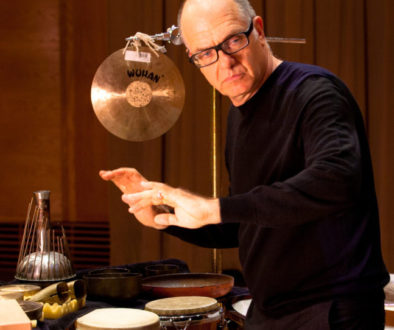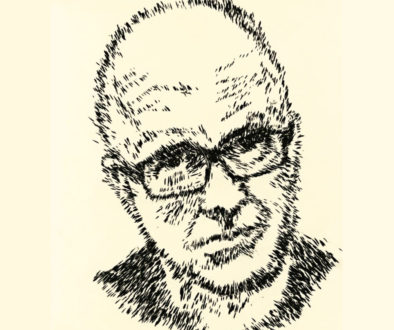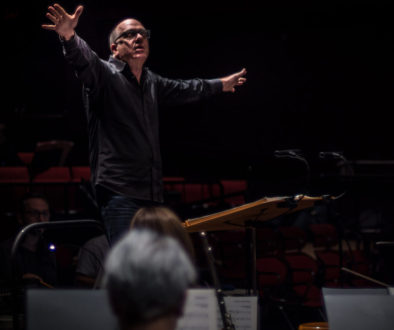A Symphony of Varying Touches
By Vivien Schweitzer, The New York Times
Originally published August 22, 2014; full text and original article visible here.
“During the aptly named “Shimmer,” the entrancing third movement of John Luther Adams’s “The Mathematics of Resonant Bodies” (2002), Steven Schick created a celestial, kaleidoscopic palette of sounds by playing on several triangles. Another alluring section unfolded with intriguing rhythmic patterns on the cymbals. In “Roar,” a halo of sounds emerged in a vigorous crescendo from the tam-tam (a type of gong).
Other of the eight movements of the approximately 75-minute piece, which Mr. Schick, a brilliant percussionist, performed on Wednesday in the Clark Studio Theater as part of the Mostly Mozart Festival, were less ethereal. But even the more earthbound sections proved interesting for their textural range.
In the program notes, Mr. Adams, who won the Pulitzer Prize for music this year, writes that “more than any other family of instruments, percussion embodies touch.”
Touch is an elusive element of music making: With imperceptibly small gradations of touch, one musician might coax beautiful tones from a piano that sounds harsh under other fingers. Regarding percussion, Mr. Adams quotes Mr. Schick as describing its essence as: “No instruments, only sticks.”
Few composers have devoted as much time to percussion as Mr. Adams, whose “Inuksuit” is scored for a battery of percussion, and varies according to location and number of performers. His catalog also includes works for percussion trio and quartet.
The ideas for “The Mathematics of Resonant Bodies” began to germinate when Mr. Schick visited Mr. Adams at his home in Alaska in 2001. Prerecorded materials are an integral part of any live performance of the piece, resulting in ambient waves of acoustic and electronic sounds. Some sections were played in pitch blackness; in others, silhouettes of Mr. Schick and the instruments flickered gently against the walls of the intimate black-box space.
The haunting noises of a machine, combined with an eerie electronic aura, surged to almost uncomfortably intense climaxes in “Wail.” “Burst,” the first movement, opened with an aggressive rumble on snare drums; “Stutter,” which concluded the piece, also explored the timbral range of the snare drums.
“I was exhausted just listening to it,” I overheard an audience member remark about the piece after the concert. “Imagine how he felt playing it.” Seventy-five minutes with no intermission is certainly a long time for any soloist to hold an audience’s attention and to perform without a break.
I found some of the sections, like “Shimmer,” riveting; others, like those with the snare drums, less so. But composer and performer certainly succeeded in exploring a broad range of sonic possibilities for standard percussion instruments, illuminated by Mr. Schick’s deft, nuanced touch.”


